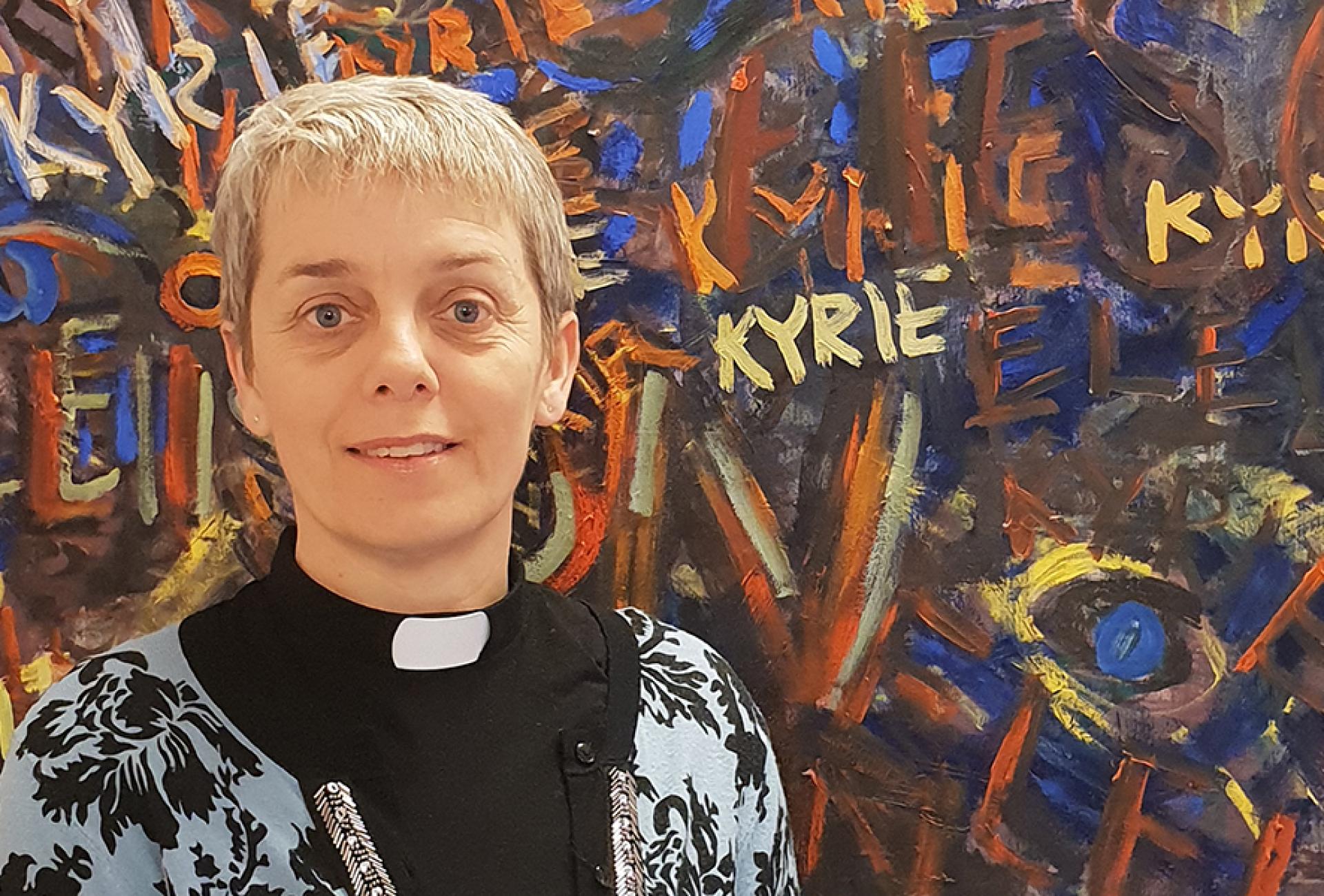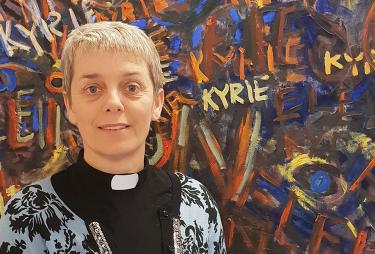To love one’s neighbor by listening


On March 19, we invite our member organisations to a day were we will talk about the heart of mission. We create a digital space to talk about our deepest driving forces, what we put into the concept of holistic mission and how we can practically work ecumenically with a desire to learn from each other.
Mission is often explained as a call to work with each other and with God with deaconia and evangelization. Different Christian traditions have their own ways of describing and participating in God’s mission(read more about it in our Learning Center). Sometimes the viewpoints clash, but there is much to learn from listening to each other. We have recently started using a method called “receptive ecumenism” or “the ecumenical of the wounded hands”. We also want to do this on 19 March to learn from the different driving forces of missionary work by our member organisations.
One person who has immersed herself especially in this method is Anna Ljung. In SMC – Faith in Development’s and the Swedish Christian Council’s working group on mission theology, she represents the Equmenia Church. She has experience of receptive ecumenism from Canberra, Australia to Visby on Gotland where she works as a pastor, hospital pastor and also chairman of Gotland’s Christian Council. Anna Ljung will also participate in the day were we talk about the heart of mission on March 19, (for member organisations)
I called her to find out how receptive ecumenism actually works in practice.
Receptive ecumenism deepened local collaboration
As part of the board of Gotland’s Christian Council, Anna suggested that they try receptive ecumenism to learn more about each other. The board started by visiting Anna “at home” in her church. She told them about the parish view of the Equmenia Church and the others listened. And so they took turns in the Pentecostal Church, the Catholic Church, the Swedish Church and the EFS.
“We got to know each other, became safer, laughed more and were able to deepen our cooperation. A key was to share challenges and things that are difficult in our various congregations. We “showed our sore hands” and listened to how others do. We discovered that we learn more from listening than from teaching.
Anna says that this deepening has meant a lot during the pandemic:
Now we can support each other better. During the Ecumenical Week of Prayer in January, we recorded a well-worked ecumenical devotion. I don’t think we would have dared to if we hadn’t gotten to know each other this way.
What has receptive ecumenism taught you?
“I’ve learned to love my neighbor’s church as my own,” she says with a nod to Peter Halldorf’s book with a similar title (in Swedish only). I learn to love, for example, the Orthodox Church as I love the Equmenia Church.
What happens when you love your neighbor’s church?
The church is getting bigger, the love is getting bigger. You can play with the idea of what’s “mine” and “own.” The church is not mine, it is collective. God works in all churches. Where I feel at home, I might be able to hear God speak to me more easily. But God also speaks to me in, for example, the Catholic Church.
